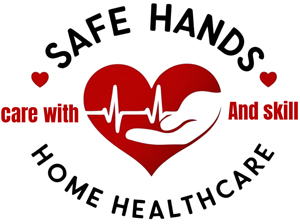Residential Assisted Living (RAL) is a type of long-term care option designed for elderly individuals or patients with chronic conditions who need help with daily activities but do not require the intensive medical care of a nursing home. It offers a home-like environment, personalized support, and some level of medical oversight.
🏠 Key Features of Residential Assisted Living
1. Personalized Care Services
Help with activities of daily living (ADLs): bathing, dressing, toileting, grooming, and mobility.
Medication management or supervision.
Health monitoring and coordination with external medical providers.
2. Residential Setting
Private or semi-private rooms or apartments.
Common areas like dining rooms, lounges, gardens.
Safe, accessible environment designed for seniors and patients with physical limitations.
3. Meal Preparation and Nutrition
Three daily meals tailored to dietary needs.
Snacks and hydration support.
Special diets for chronic conditions (e.g., diabetic-friendly menus).
4. Social and Recreational Activities
Group events, games, crafts, exercise programs.
Outings and community engagement.
Mental stimulation and emotional well-being support.
5. Staffing and Supervision
24/7 trained staff, often including certified nursing assistants (CNAs) or med techs.
Some facilities have on-call nurses or partnerships with home health providers.
Staff-to-resident ratios vary by facility and care level.
6. Additional Services
Housekeeping and laundry.
Transportation to medical appointments.
Physical, occupational, or speech therapy (on-site or through visiting therapists).
🧓 Who Benefits from Residential Assisted Living?
Seniors who are mostly independent but need help with some tasks.
Elderly individuals with mobility issues, mild cognitive impairment, or chronic conditions like arthritis, diabetes, or heart disease.
Patients transitioning from hospitalization or rehab needing ongoing support in a non-institutional setting.

